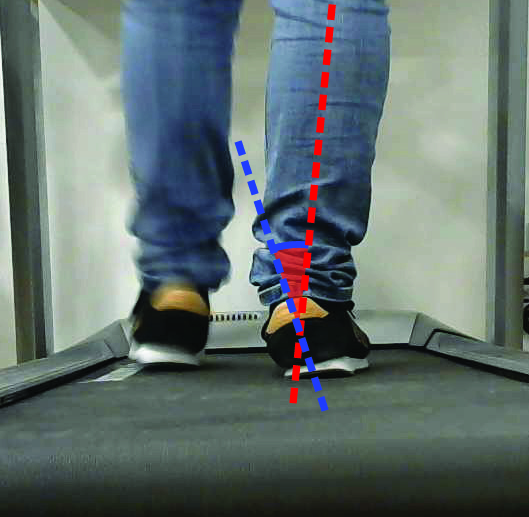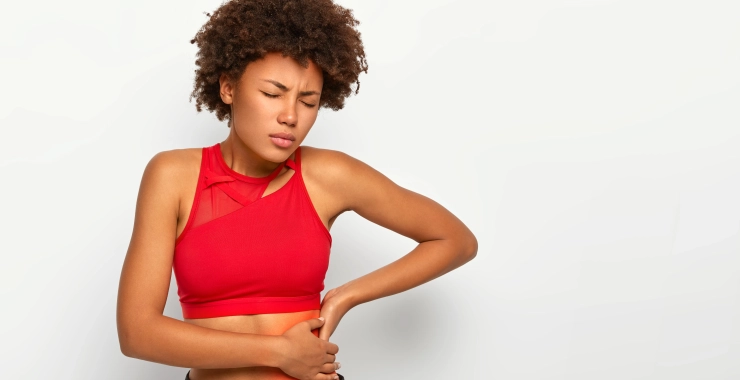Running shoes classification
All running shoes are not the same, and choosing the right shoe can make all the difference in avoiding injury. The classification of running shoes has 8 categories, which are useful in distinguishing between the various models on the market.
These categories allow us to group shoes according to their technical characteristics to help the runner better navigate the purchase of the correct shoe.
A0: Minimalist
Minimalist shoes were created following the reasoning that the foot evolved to be used naked and are made to promote its natural movement. These shoes dress the foot like gloves and give considerable sensitivity in support at the expense of cushioning.
- Cushioning: They lack a cushioning system and the only thing separating the foot from the ground is a thin rubber sole.
- Drop: These shoes have no drop as the natural stance of the foot is maintained as much as possible
- Weight: They are very light (between 150g and 250g) as they give up everything superfluous for this category of shoes
- Stabilization: they do not have any stabilization as they maintain the natural support of the foot as much as possible
- Fund: Road, Track, Treadmill
- Suitable for: experienced runner with good running technique
A1: Superlight
Superlight shoes are shoes with a very low weight or at least less than 250g. They are shoes made primarily for races or very fast runs (under 3:30 minutes per km).
- Cushioning: no cushioning so that energy is not wasted during stance for the benefit of responsiveness
- Drop: variable
- Weight: The weight of these shoes does not exceed 250g
- Pace: suitable for a stride of less than 3:30 minutes per km
- Stabilization: no stabilization
- Fund: Road, Track, Treadmill
- Suitable: for use in races and for fast repetitions for the experienced runner with body mass under 65Kg and neutral footing.
A2: Intermediate
Intermediate shoes are also very lightweight but, unlike A1 shoes, possess some cushioning. Like the A1s, they are shoes suitable for the experienced runner looking for a shoe that is fast and at the same time more protective for race use or fast repeats.
- Cushioning: Slightly cushioned
- Drop: varies between 0mm and 10mm
- Weight: the weight of these shoes ranges between 200g and 300g
- Pace: suitable for a pace between 3:30 and 4:00 minutes per km
- Stabilization: generally they are neutral shoes although it is possible to find some models with slight stabilization
- Fund: Road, Track, Treadmill
- Suitable: for the experienced runner for both race use and fast repetitions. Recommended for the runner with body mass not exceeding 70 kg
A3: Neutral
Neutral shoes have as their main characteristic that of cushioning. They are shoes suitable for a large number of runners as everyone, both beginners and competitive runners, need a shoe that can reduce the force of impact with the ground during training.
- Neutral shoes are the main type of shoes used by runners all over the world and are suitable in cases where the foot support is neutral or supinated.
- Cushioning: Maximum, they are among the most cushioned shoes
- Drop: Varies between 0mm and 12mm
- Weight: They typically weigh between 250g and 350g
- Pace: Suitable for both a medium and slow stride.
- Stabilization: they are not stabilized
- Background: Road, Track, Treadmill
- Suitable: for all runners with neutral or supinator stance
A4: Stable

Stable shoes are designed to reduce excess foot movement and to support the foot in the rolling motion. They are appropriate shoes for runners with hyperpronation or weight over 80Kg (who are not supinators).
It is important to note that stable shoes do not perform an active action on the foot (as a plantarflexor would), but perform a passive function of "supporting" the arch of the foot. These shoes usually have a stiffer reinforcement in the medial part of the midsole aimed at supporting the foot by limiting excessive pronation.
- Cushioning: Maximum, along with A3s they are among the most cushioned shoes
- Drop: varies between 0mm and 12mm
- Weight: 250g to 400g
- Stabilization: They have more or less stabilizing system depending on the model.
- Fund: Road, Track, Treadmill
- Suitable: for runners with overpronation or heavy weight. Not suitable for supinators
A5: Trail running
When running moves from asphalt to off-road terrain here comes the need for a cushioned, lightweight, durable, water-repellent and breathable shoe to protect the foot on rough terrain. In fact, trail running shoes have a sturdier sole and midsole precisely to prevent stones, pieces of wood or anything else from causing any damage to the shoe or runner.
- Cushioning: They are very cushioned and also very impact resistant
- Drop: varies between 0mm and 12mm
- Weight: 250g to 400g
- Stabilization: Generally they are neutral shoes although some models feature stabilization
- Bottom: Off-road, mud, frozen bottom
- Suitable: All those who run mainly off-road or in adverse weather conditions
A6: Jogging
This type of shoe is usually cheaper and has no special cushioning, stability and comfort features. They are shoes that should be used mostly as gym shoes and by those who wish to dress sporty rather than those who wish to do a sporting activity such as running. In fact, in these cases it is strongly recommended to use an A3 or A4 shoe.
- Cushioning: minimal
- Drop: varies between 6mm and 12mm
- Weight: between 250g and 300g
- Stabilization: normally no stabilization
- Background: road, track, treadmill
- Suitable: for occasional runners for short distances and not too long times
A7: Spiked
Spiked shoes are specialized shoes used in competition or athletics. They are very lightweight shoes (under 200g) suitable for track use. In fact, they present exceptional grip on the track thanks to the spikes in the sole.
- Cushioning: No cushioning
- Drop: varies from 0mm to 6mm
- Weight: less than 200g
- Stabilization: No stabilization
- Bottom: Track
- Suitable: for use on the track during competition and for disciplines such as athletics
This article was originally written in Italian and translated English via deepl.com. If you notice a major error in the translation you can write to [email protected] to report it. Your contribution will be greatly appreciated



